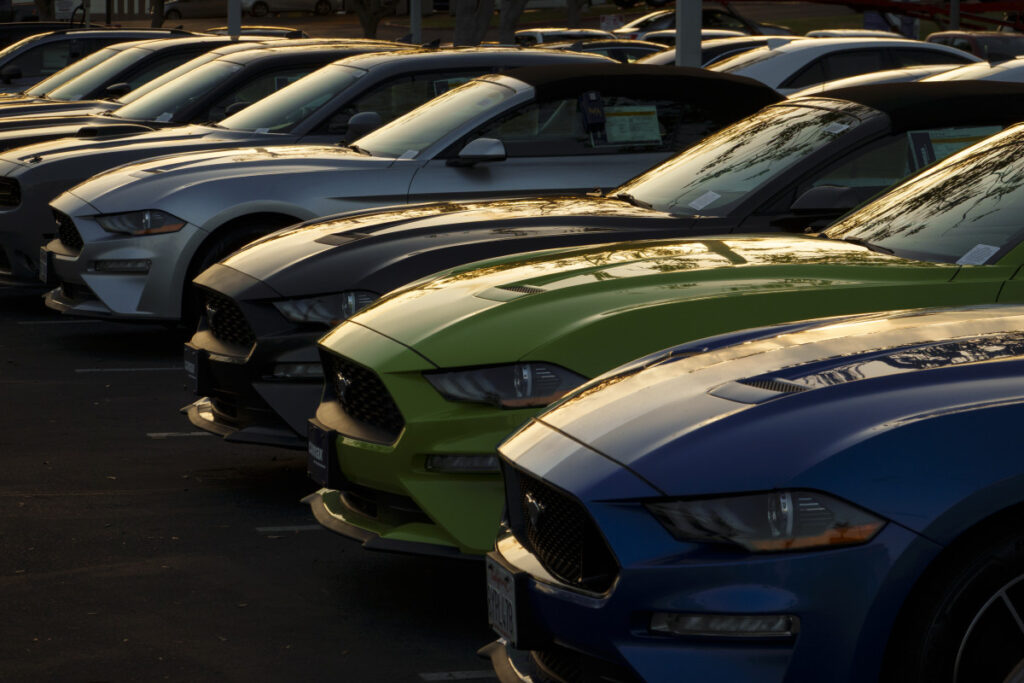Car ownership is becoming further out of reach for younger drivers
A new study from S&P Global Mobility has shown that the share of new vehicle registrations among 18 to 34-year-olds has fallen from 12% starting in Q1 2021 to below 10% in the past two quarters. Adults 55 or older represent half of all new vehicle registrations and have maintained the largest share for eight consecutive quarters (Q2 2023). Two primary factors influencing the decline in new vehicle purchases among 18 to 34-year-olds are rising costs and shifting attitudes toward ownership. Monthly auto payments have increased by 30% over the past four years, and almost one in every five finance agreements carries monthly costs exceeding $1,000.
Kelley Blue Book reported the average price of a new car in May as $48,799, and younger drivers are increasingly turning to subscription-based vehicle services and used purchases. Europe currently leads the world in car subscription service usage among 18 to 34-year-olds, and Deloitte’s Global Automotive Consumer Study found that based on 1,500 UK consumer responses, 28% in this age group were interested in subscription models. Car sharing, while growing slower and more unevenly than monthly vehicle subscriptions, is another alternative to new vehicle purchases gaining traction, which involves short-term rentals for specific trips. Others are relying on rideshare services, as Uber’s CEO, Dara Khosrowshahi, shared how his son doesn’t have his driver’s license despite being over 18: “This drives me crazy. My son is over 18…I’m still trying to get my son to get his driver’s license, but Uber’s freed him up, Fortune reports.”
How automakers must change to win over younger drivers
While younger drivers represent 9.9% of the total new vehicle registration volume, they were cited as offering the highest lifetime customer value for automakers. Jason Jordhamo, Marketing Director for Polk Automotive Solutions, an S&P Global Mobility company, said: “Monitoring the decline of young car buyers is essential to shape effective marketing investment strategies. As their share of new vehicle registrations shrinks, understanding the unique challenges and purchasing triggers for this group becomes increasingly important.” Jordhamo suggests that marketers focus on advanced audience targeting, emphasizing in-market shoppers instead of demographic-based buying, use these audiences across all marketing channels, and invest in more personalized advertising.
According to S&P’s data, 18 to 34-year-olds accounted for nearly 1.1 million new vehicle registrations from April 2024 to March 2025. Compact utility vehicles were most popular among this demographic at 21% of segment volume, almost double the age group’s 9.9% total volume. Compact cars came in second place at 13%, and 18 to 34-year-old drivers were more likely to go fully electric than select a hybrid.
Final thoughts
Economic realities and new mobility options are increasing the distance between 18 to 34-year-olds and new vehicle registrations, raising the likelihood of dealerships embracing more flexible sales options. These strategic channels could include greater investments in lease incentives or integrating models like car subscriptions, and thus benefit from engaging all potential buyers based on factors like intent and preferences.

